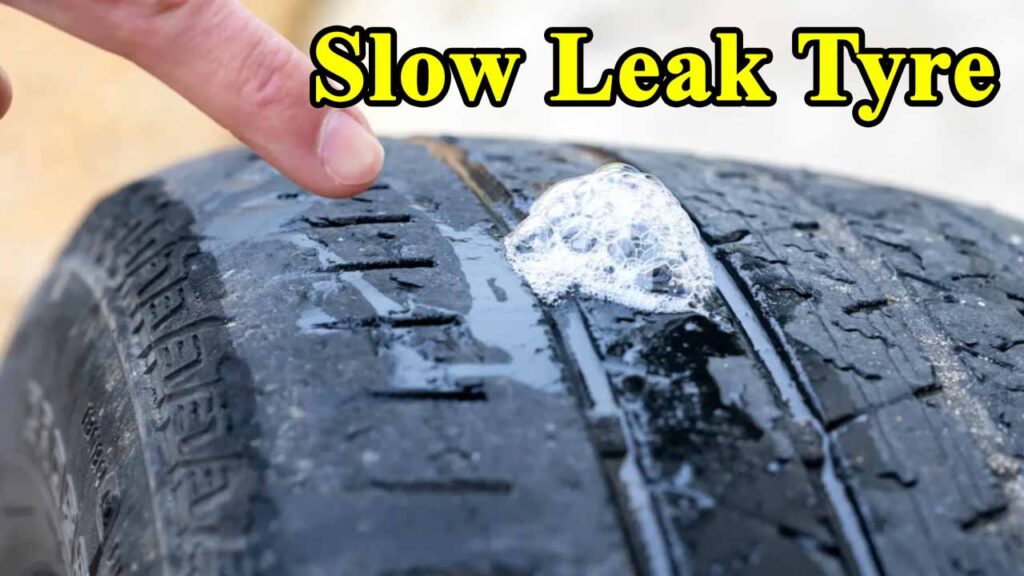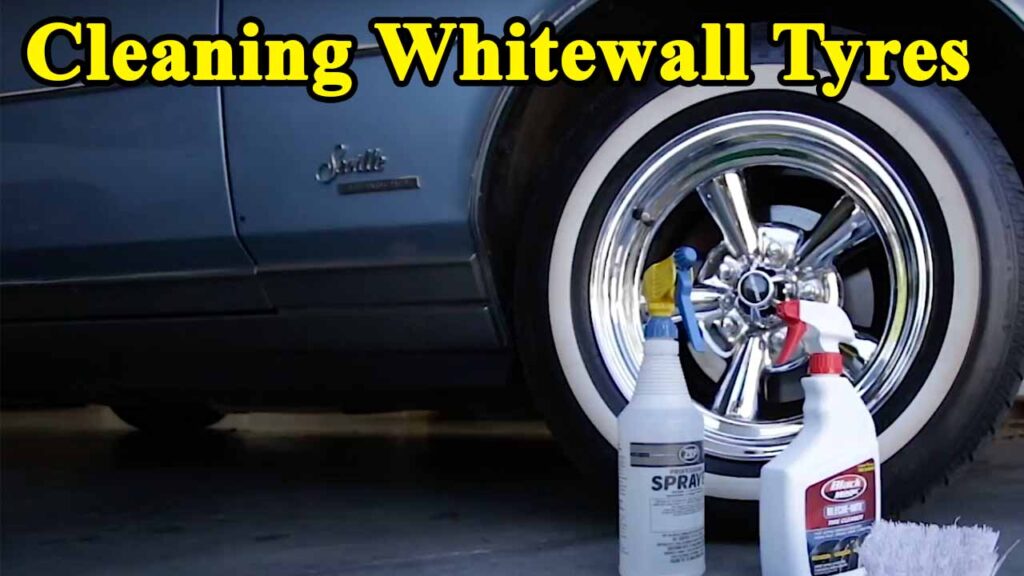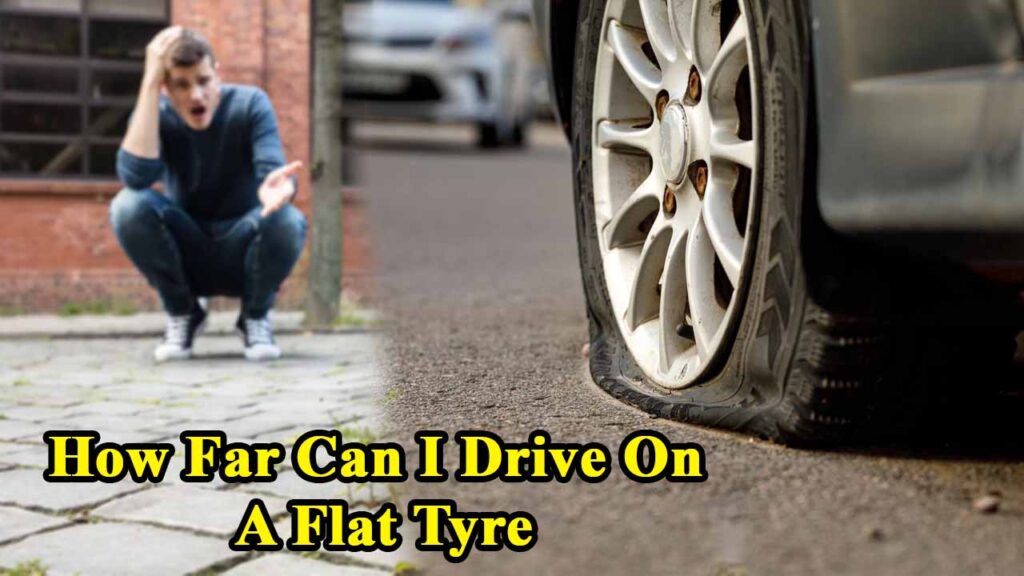Have you ever been stranded on the side of the road, staring at a flat tyre, and wishing for a miracle? Or perhaps you work in an industry where punctures are a daily, costly headache? What if I told you there’s a solution that essentially makes flat tyres a thing of the past? It sounds too good to be true, right? Well, for a growing number of applications, it’s a reality, and it’s called foam tyre filling.
I remember the first time I truly appreciated the genius of foam-filled tyres. It wasn’t on a fancy off-road vehicle or a construction site, but right here in the heart of Texas. A local landscape company, perpetually battling thorns and sharp debris on their skid steers, made the switch. The owner, a seasoned veteran named Mark, told me how he used to budget hundreds, sometimes thousands, of dollars a month for tyre repairs and replacements. After making the investment in foam filling, those costs virtually vanished. “It was like night and day,” he recounted, a relieved grin on his face. “We used to lose a full day of work every time a tyre went flat. Now, we just keep rolling.” This isn’t just a niche product for specialized equipment; it’s a quiet revolution in tyre technology that’s changing how industries operate.
What Exactly Is Foam Tyre Filling?
At its core, foam tyre filling, also known as tyre ballasting or tyre flatproofing, involves replacing the air inside a pneumatic tyre with a liquid polyurethane mixture. This mixture then cures into a solid, resilient, synthetic rubber compound that permanently eliminates flats. Imagine your tyre, once a vulnerable air bladder, transformed into a solid, unyielding fortress. That’s the magic of foam filling.
How Long Can You Drive With A Spare Tyre
The process typically involves removing the valve stem, deflating the tyre, and then pumping the liquid polyurethane mixture into the tyre cavity. Specialized equipment is used to ensure the tyre is completely filled and that no air pockets remain. Once filled, the tyre is allowed to cure, a process that can take anywhere from 12 to 48 hours depending on the specific foam compound and ambient temperature. The result is a tyre that maintains its shape and load-bearing capacity without the need for air pressure.
The Driving Forces: Why Choose Foam Over Air?
So, why would anyone opt for foam over good old-fashioned air? The reasons are compelling, particularly in demanding environments:
- Elimination of Flat Tyres (The Big One!): This is the undisputed champion benefit. For industries where downtime is crippling, like construction, mining, waste management, and agriculture, eliminating flats translates directly into increased productivity and significant cost savings. Think of a construction crew halted because of a forklift flat – that’s lost man-hours, delayed projects, and unhappy clients.
- Enhanced Stability and Safety: A foam-filled tyre offers a denser, more stable base. This is particularly beneficial for heavy machinery, providing better load distribution, reduced bouncing, and improved overall stability, especially on uneven terrain. This can lead to a safer working environment for operators.
- Extended Tyre Lifespan: While the initial cost is higher, foam filling can paradoxically extend the life of the tyre carcass itself. By providing uniform support and reducing internal stress from flexing, the tyre can last longer, leading to fewer replacements over time. This also reduces the risk of rim damage due to running on a flat.
- Increased Load Capacity: Because the tyre is essentially solid, it can often handle heavier loads than an air-filled tyre of the same size, without the risk of deflation or sidewall collapse.
- Reduced Maintenance: Say goodbye to checking tyre pressure daily. Once filled, the tyres are essentially maintenance-free from a pressure standpoint. This frees up valuable time for maintenance crews.
- Improved Fuel Efficiency (Situational): While not always a primary driver, in some specific applications where equipment constantly experiences flats and operates with underinflated tyres, foam filling can lead to better fuel economy by ensuring consistent rolling resistance.
Where Does Foam Shine? Applications and Case Studies
Foam-filled tyres aren’t for your daily commute in a sedan (more on that later). They are specifically designed for applications where reliability and puncture resistance are paramount.
- Construction and Demolition: This is perhaps the most common application. Skid steers, loaders, telehandlers, excavators, and dump trucks frequently encounter nails, rebar, jagged concrete, and other debris that wreak havoc on pneumatic tyres. A construction company in Houston, facing persistent downtime from tyre issues on their fleet of Bobcats, reported a 30% increase in operational uptime after switching to foam-filled tyres on their most problematic machines.
- Mining and Quarrying: The sharp, abrasive rocks in these environments are notorious for shredding tyres. Foam filling is virtually a necessity for front-end loaders and haul trucks in these operations, minimizing costly stoppages deep within mines.
- Waste Management and Recycling: Landfills and recycling centers are veritable graveyards for tyres. Glass, metal shards, and other refuse easily puncture traditional tyres. Waste haulers and compactors heavily rely on foam-filled tyres to maintain their rigorous schedules.
- Agriculture: While tractors often use liquid ballast (like water or calcium chloride) for traction, specific agricultural equipment, like hay balers or certain implements that operate in thorny fields, can benefit immensely from foam filling to prevent flats that halt harvesting or planting.
2025 Kawasaki Z900 Tyres: The Ultimate Guide to Grip, Performance & Safety
- Material Handling: Forklifts operating in warehouses or industrial settings where sharp objects or heavy loads are common can benefit from foam-filled tyres, ensuring continuous operation.
- Government and Municipal Fleets: Street sweepers, grounds maintenance vehicles, and even certain police or military vehicles can utilize foam-filled tyres for enhanced reliability and safety.
Case Study: The Texas Rancher’s Dilemma
Out near Fredericksburg, a sprawling ranch specializing in exotic livestock faced a unique challenge. Their utility vehicles, essential for daily feeding and fence checks, were constantly falling victim to mesquite thorns and sharp flint rocks. Traditional tyre plugs were temporary fixes, and replacements were frequent and expensive. After a particularly frustrating week with three flats, the ranch manager decided to try foam filling on their ATV and UTV tyres. The initial investment was significant for a small operation, but within six months, they noted a dramatic reduction in vehicle downtime and tyre-related expenses. “It paid for itself and some,” the manager told me during a recent visit. “We can focus on the animals, not on patching tyres.”
The “Buts” and “Why Nots”: Disadvantages to Consider
While the benefits are substantial, foam-filled tyres aren’t a panacea for every application. It’s crucial to understand the drawbacks:
- Cost: This is usually the biggest hurdle. Foam filling is significantly more expensive than simply inflating a tyre with air. The cost can range from $150 to $1,000+ per tyre, depending on the tyre size, type of foam, and the service provider. For a typical skid steer tyre, you might expect to pay $300-$600 per tyre for the filling process alone, in addition to the tyre cost. This initial investment needs to be weighed against the potential savings from reduced downtime and tyre replacement.
- Weight: Foam-filled tyres are considerably heavier than air-filled ones. This added weight can impact fuel efficiency in some vehicles, increase wear and tear on suspension components, and may exceed payload limits for certain equipment.
- Ride Comfort: Because the tyre is solid, it cannot absorb shocks and impacts as effectively as an air-filled tyre. This results in a much harsher ride, which can lead to operator fatigue and discomfort over long periods. For applications where ride comfort is a priority (e.g., highway trucks, passenger vehicles), foam filling is unsuitable.
- Speed Limitations: Foam-filled tyres are generally not designed for high-speed applications. The internal heat generated at higher speeds can damage the foam and the tyre carcass. Most foam-filled tyres are rated for speeds under 35 mph.
- Heat Dissipation: Air within a tyre helps dissipate heat. With foam, heat can build up more easily, especially in demanding, high-friction environments. This can be a factor in extremely long operational cycles or very hot climates.
- Difficulty of Repair/Replacement: Once a tyre is foam-filled, it’s essentially a solid unit. If the tyre carcass itself is severely damaged (e.g., a large sidewall tear), it cannot be repaired in the traditional sense. The entire tyre (and foam) needs to be replaced, which can be a more involved and costly process.
- Environmental Considerations: The disposal of foam-filled tyres requires specialized processes, as the polyurethane is not easily recyclable in the same way as rubber.
Important Values and Considerations
When contemplating foam filling, consider these critical factors:
- Originality: The foam filling process is highly specialized and requires specific equipment and expertise. Don’t attempt DIY solutions. Seek out reputable service providers who have a proven track record.
- Application Specificity: Is your application truly suited for foam filling? If you’re frequently getting flats due to punctures in a challenging environment, it’s a strong candidate. If your equipment operates mainly on smooth surfaces and rarely experiences flats, the cost and weight drawbacks might outweigh the benefits.
- Cost-Benefit Analysis: Perform a thorough analysis of your current tyre-related expenses (repairs, replacements, downtime) versus the upfront cost of foam filling. Often, the long-term savings are significant.
- Operator Comfort: For equipment where operators spend many hours, the impact on ride comfort needs to be seriously considered.
My Personal Experience
My journey into understanding foam-filled tyres began years ago, not with a technical manual, but with a friendly conversation at a tyre shop in Fort Worth. I was getting new tyres for my pickup, and I noticed a massive skid steer tyre, seemingly impossibly heavy, being rolled out. Curiosity piqued, I asked the technician, a grizzled fellow named Mike who’d seen it all, about it. He explained the foam-filling process, his eyes lighting up as he described how it had revolutionized tyre service for his industrial clients. He showed me a cross-section of a foam-filled tyre – it was like looking into a solid, synthetic muscle. He talked about the frustration of constantly fixing flats for his construction customers, and the immense relief they felt once they made the switch. “It’s a game-changer for them,” he said, wiping grease from his hands. “They call us for regular maintenance now, not for emergencies.” That conversation stuck with me, illustrating the tangible, human impact of this often-overlooked technology. It’s not just about rubber and polyurethane; it’s about keeping businesses running, workers safe, and projects on schedule.
Frequently Asked Questions (FAQ)
Q1: How long does foam filling last? A1: The foam itself is designed to last the lifetime of the tyre. It will not degrade or break down under normal operating conditions. The longevity of the foam-filled tyre then depends on the wear and tear of the tyre carcass itself.
Q2: Can any tyre be foam-filled? A2: No. Foam filling is generally performed on heavy-duty pneumatic tyres for off-road and industrial applications. It is not suitable for passenger vehicle tyres or tyres designed for high-speed use.
Q3: Does foam filling affect tyre warranties? A3: Yes, foam filling will typically void the manufacturer’s warranty on the tyre itself. However, the benefits of flatproofing often outweigh the loss of the warranty for specific applications. It’s important to discuss this with your tyre dealer or foam-filling provider.
Q4: Can a foam-filled tyre be repaired if the outer rubber is damaged? A4: Minor tread or sidewall damage can sometimes be repaired with specialized patches, but major structural damage or large tears usually necessitate replacement of the entire foam-filled tyre.
Q5: Is foam filling environmentally friendly? A5: The disposal of foam-filled tyres can be more challenging than traditional pneumatic tyres due to the polyurethane material. Some companies are exploring recycling methods for the foam, but it’s not as widespread as rubber recycling.
Q6: What’s the difference between foam filling and run-flat tyres? A6: Run-flat tyres are designed for passenger vehicles and typically have reinforced sidewalls that allow them to be driven for a limited distance after a puncture. Foam-filled tyres, on the other hand, are completely solid and puncture-proof from the outset, designed for heavy industrial use where traditional air is completely replaced.
The Future is Flat-Proof
While foam-filled tyres may not be gracing your family car anytime soon, their impact on specific industries is undeniable. From the gritty construction sites of Dallas to the vast agricultural fields of West Texas, and from the demanding mines of Arizona to the waste facilities across the nation, this technology is silently revolutionizing how work gets done. It’s a testament to innovation, proving that sometimes, the most effective solutions are the ones that challenge conventional wisdom and replace the air with a solid, dependable answer. The initial investment might seem daunting, but for those who prioritize uninterrupted productivity and safety, the value of a flat-proof future is clear.




